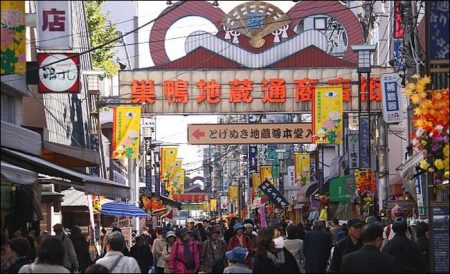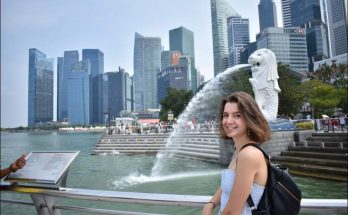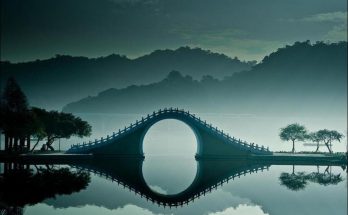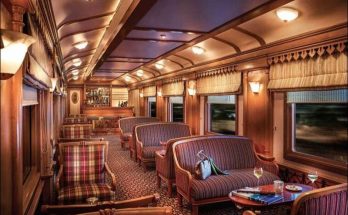In the reconstruction, care was taken to preserve the old landmarks as much as possible, consistent with the health and convenience of the city. The Ginza–the Piccadilly and Broadway of Tokyo–runs on the same old road. The great semi-circle thorough. fare as before, starting from the Ginza, passes the busiest and most prosperous portions of Kyōbashi and Nihonbashi wards, and goes on to Kanda and Shitaya. till it reaches the great Kwannon Temple at Asakusa. It then returns, by another and equally prosperous avenue, to the Ginza. The circle has at intervals eight department stores, each comparing favorably with the best in Europe or America.
The old parks of Ueno and Shiba, noted for the cherries, maples, lotus ponds, museums, and Tokugawa temples, happily remain as in days of early Meiji. The old fifteen wards, and the new twenty wards recently added, though embellished, are as readily recognized by their original signposts. Thus, the chief shopping districts of Kyōbashi and Nihonbashi have their old influencial banks and business houses, their brilliant cafés and restaurants as well as their colorful night stalls; the wooded district of Shiba has its old temples, large and small, curio shops and sea-commanding terraced residences.
The dignified Kōjimachi of the Imperial Palace is noted for its Government offices, clubs and newspaper buildings, and the sites of foreign legations and embassies together with the official residences of high dignitaries. Kanda and Hongō are as crowded as before with schools, colleges and second-hand book shops, and the numerous boarding-houses for their patrons, students of all grades and fortunes; the low-lying Shitaya and Asakusa are known for their popular temples, innumerable amusement houses and restaurants; the high-located residential districts of Azabu and Akasaka, for their wealthy inhabitants — nabobs in business, banking and the world of letters.
Add to these the lesser residential quarters of Ushigome and Koishikawa, and the prodigy of Yotsuya, as the new-found gateway to central Japan, the formidable rival of the shopping Kyōbashi, and the two riverside wards of Honjo and Fukagawa, just across the Sumida, the home of the Edokko — the Japanese cockney — proud, slangy and improvident — whose downright outspokenness, love of a dangerous life and contempt of filthy lucre have earned for him national distinction. So is the list of the fifteen wards complete, distinguishable one from another by their topography and occupations.
Visits: 112



